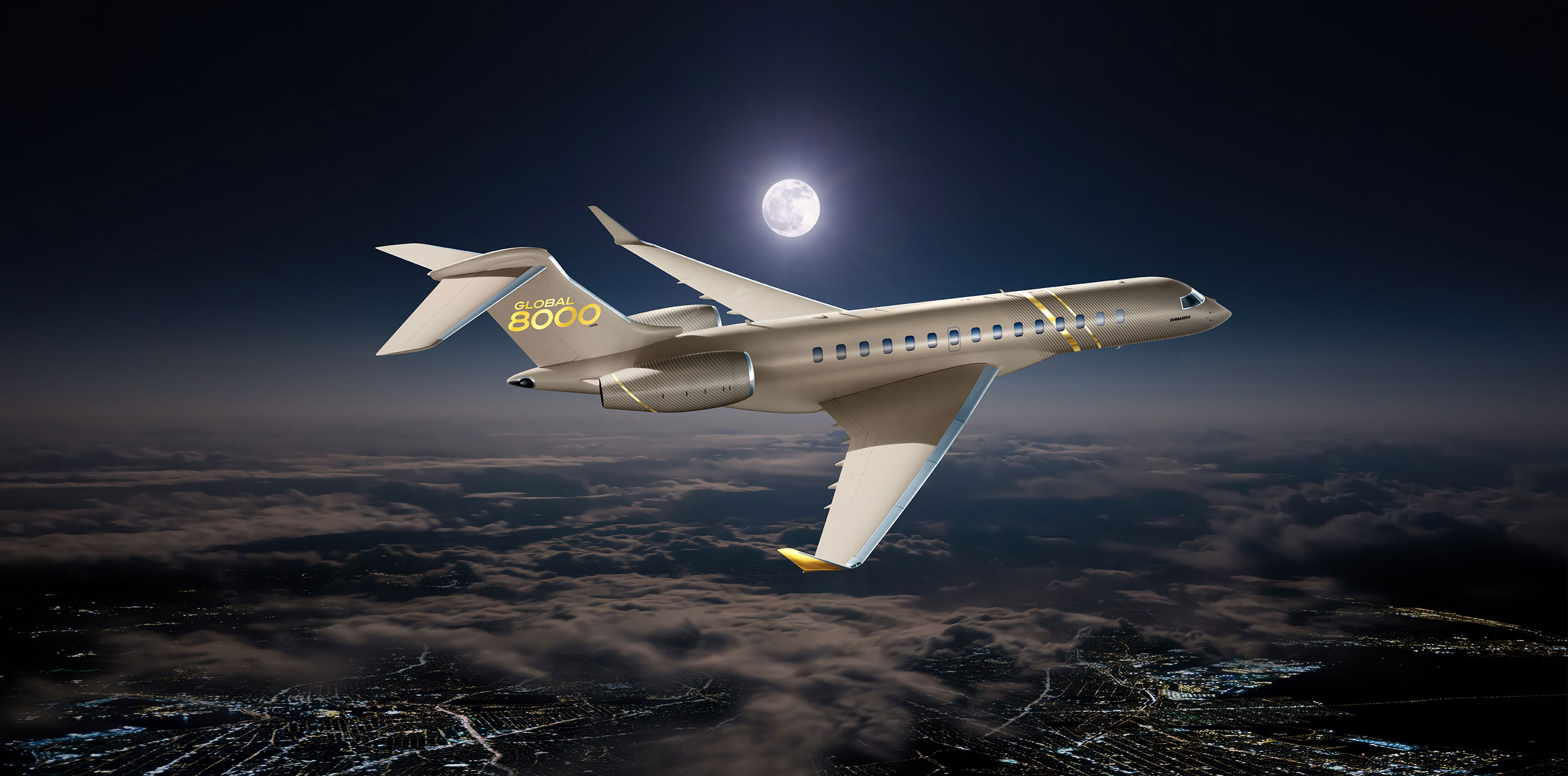Aerospace Company Stratolaunch recently signed a contract to assist the US Air Force Research Laboratory (AFRL) with its hypersonic flight research program. As the US desperately seeks to get its hands on this sought-after tech, Stratolaunch could soon be on its way to test a hypersonic vehicle.
“Wreck US Military Bases In Europe” – Russian Senator Cites Vietnam War To Neutralize NATO’s Capabilities
Stratolaunch is reportedly preparing to test a hypersonic vehicle known as ‘Talon-A’, which is set to be launched from the massive Roc carrier aircraft, which itself recently completed its fifth flight.
The aircraft, which weighs 500,000 pounds (227,000 kilograms), is meant to transport hypersonic vehicles into the air.
The private spaceflight firm has developed one of the world’s largest aircraft intending to launch rockets from the skies in the future. From a height of 30,000 feet, the Stratolaunch carrier aircraft will launch rockets into orbit.

The Hypersonic Talon-A test vehicle, known as TA-0, has been structurally completed. The first-ever Talon-A vehicle, first featured in a recent issue of Aviation Week, will be used to test the Roc’s release system, which in turn be used to test hypersonic aircraft for the US Air Force.
“After completing TA-0 separation testing, the company will transition to flying its first hypersonic test vehicle, TA-1,” Stratolaunch stated. The team has also started fabrication of a third vehicle, TA-2, the first fully reusable hypersonic test vehicle, it added.
The United States has been investing heavily into hypersonic technology- including aircraft as well hypersonic weapons, both of which are in various stages of design, development, and testing. Several aerospace giants are racing against one another to present a viable hypersonic aircraft for use by the United States Air Force.
Going Hypersonic
Stratolaunch posted photos of the TA-0 mounted to Roc’s center wing pylon to offer a sense of how it would look in flight.
The pylon hardware is a release mechanism that was initially seen on May 4 during Roc’s sixth flight test. It consists of an aluminum and carbon fiber skinned mini-wing and adapter.
It weighs around 8,000 pounds (3,628 kilograms) and spans about 14 feet (4.27 meters) of Roc’s 95-foot central wingspan.
The structure also has a winch system that allows operators to load the Talon-A onto the platform from the ground more quickly, decreasing the need for ground support and accelerating operations.

Talon-A is a test vehicle that will not be powered while in flight. Instead, it will be used to test and evaluate the aerodynamics of future launch vehicles that will be self-driving and employ rocket power to achieve speeds greater than Mach 5.
Over the next few months, Stratolaunch has revealed that it will continue to undertake integration testing before conducting a captive carry and vehicle flight test later this year.
The company will begin flying TA-1, which will be its first hypersonic test vehicle, after completing its tests on TA-0.
If everything goes according to plan, it will help usher in a new era of hypersonic spaceflight, allowing military and commercial vehicles to travel at previously unimaginable speeds.
Hypersonic aircraft can slash trip times dramatically. With the use of computer simulations and artificial intelligence, NASA has announced cooperation with Argonne National Laboratory to help it test and develop hypersonic aircraft that might ultimately travel between London and New York in about 2 hours.
World’s Fastest Business Jet Goes Supersonic
The need for speed seems to be the most popular mantra for all aerospace giants and defense manufacturing companies, alike. While a hypersonic passenger aircraft or a hypersonic vehicle meant for space, is still very much a work in progress in the United States, the world’s fastest purpose-built business jet took a supersonic test flight recently.
Almost two decades after the world’s fastest aircraft ‘Concorde’ was retired, Canadian company Bombardier revealed its high-speed achievements with the testing of its ‘Global 8000’ business jet, CNN reported.
It will be the first supersonic aircraft to fly on sustainable fuel.

According to a statement from Bombardier, the jet will enter service in 2025 with a capacity for up to 19 people, a range of 8,000 nautical miles (14,800 kilometers), and a top speed of Mach 0.94.
The announcement came shortly after a Global 7500 test vehicle shattered the sound barrier during a demonstration flight in May, reaching speeds of over Mach 1.015.
Meanwhile, Boom Supersonic, based in Colorado, has completed ground testing on the X-B1, the prototype aircraft for its Overture jet, which is meant to seat 65 to 88 people and fly on over 500 routes, mostly transoceanic, that will benefit from the aircraft’s Mach-2.2 speeds.
As the contest for speed becomes more intense between the global powers, faster supersonic and better hypersonic aircraft would dominate the future.
- Contact the author at sakshi.tiwari9555@gmail.com
- Follow EurAsian Times on Google News




